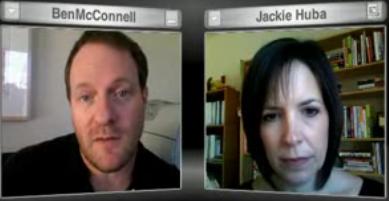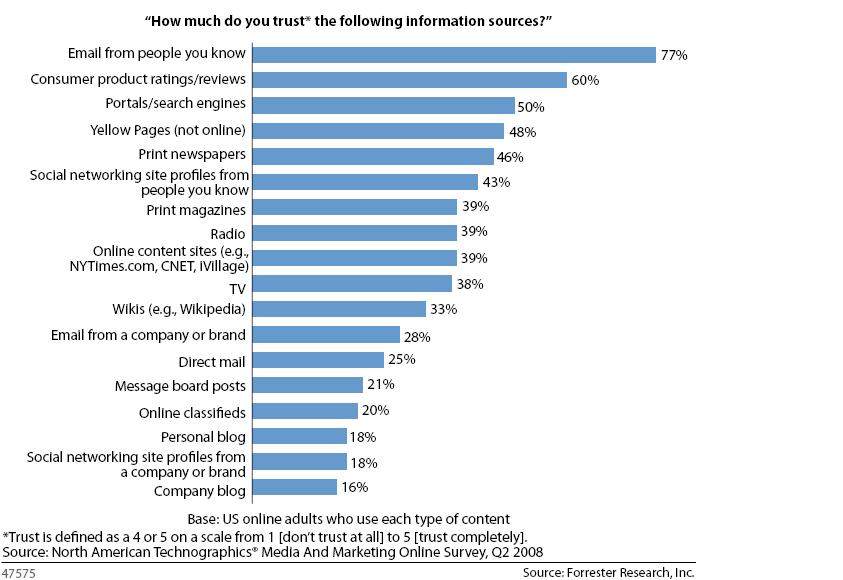The JFK Principle
In my WeMedia talk this afternoon, I will be mentioning the JFK principle.
I am often asked – in and out of work – about how to get fans, customers, ambassadors, bloggers to do something FOR US. This very approach is why most communities and outreach efforts never get off the ground and the disconnect that Mack Collier discussed in this blog post. Most community building efforts fail because they are created in order to be monetized, yet communities will not grow and thrive around the concept of monetization.
In order for you to grow a community, you need find a core set of people who will find disproportionate value from what you can provide. This could be information, a space to gather, entertainment, or a willing ear. That audience will be the ones to offer you feedback and guidance on how to build a community (or any sort of engagement program) and the ones who will talk about it, help you recruit, etc. So how do you find ask your core audience? By asking (with apologies to JFK):
Ask not what your audience can do for you, but what you can do for your audience.
This is similar to the advice that we as a community offered to Recipecomparison.com here, but it is applicable in any number of social media strategies where you are trying to find your talkers.
Try taking this audience-centric approach and find the people for whom you can do the most. They just might be the ones who can do the most for you regardless of their “influence levels”.


